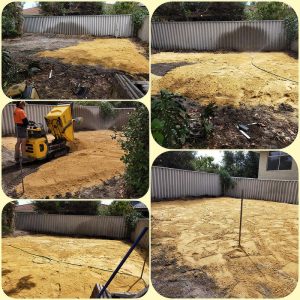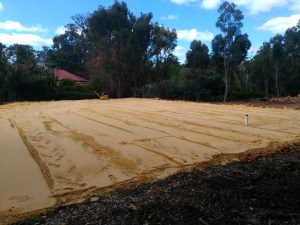When building a shed or house, the materials, architecture, and interior design are often considered. However, one of the fundamental aspects not to be overlooked is the accessibility of the construction site, and this is exactly where a sand pad becomes invaluable. The sand pad acts as a dependable and stable platform for the heavy machinery commonly used in construction, offering a flat area even when the natural terrain may be muddy or irregular. This contributes to both the efficiency and safety of the construction process. In this article, we’ll delve into the essential functions of the dirt track within building projects, illustrating why its significance in the construction sequence should not be downplayed.
Stability and Support
The primary function of a sand pad is to provide a stable and even foundation for the structure above. Properly compacted sand evenly distributes the weight of the structure, preventing uneven subsidence or movement, which is critical to the integrity of the structure.
Flexibility
Unlike more rigid materials, sand has the unique ability to adapt to small changes in the soil beneath it. When slight shifts occur in the soil, sand can reposition and rearrange itself to accommodate these movements. This inherent flexibility allows sand to accommodate small movements and shifts without causing stresses or damage to the structure built above it. Therefore, sand often provides a buffer that protects against the natural movements of the earth and helps maintain the integrity of structures.
Water drainage
A dirt path not only provides stability and accessibility, but also plays a vital role in water drainage. Sand has a natural ability to quickly filter and drain water, preventing puddles and flooding on the path itself. This ability to handle water efficiently helps minimize erosion and ensures that the path remains passable even during heavy rains.
Isolation
A sand pad may seem simple and functional at first glance, but it also offers significant insulation benefits for construction projects. Sand naturally has excellent insulating properties. It limits the transfer of soil moisture to the foundation, which can help prevent moisture problems in the building.
In short, while construction techniques and materials evolve over time, the fundamental importance of a solid sand pad remains consistent in the construction industry. Beyond serving as a sturdy base for structures, sand offers several other advantages that enhance a project’s quality, longevity, and operational efficiency. It’s crucial that the sand pad is prepared properly as it literally is the foundation of your property.


